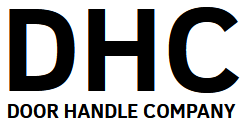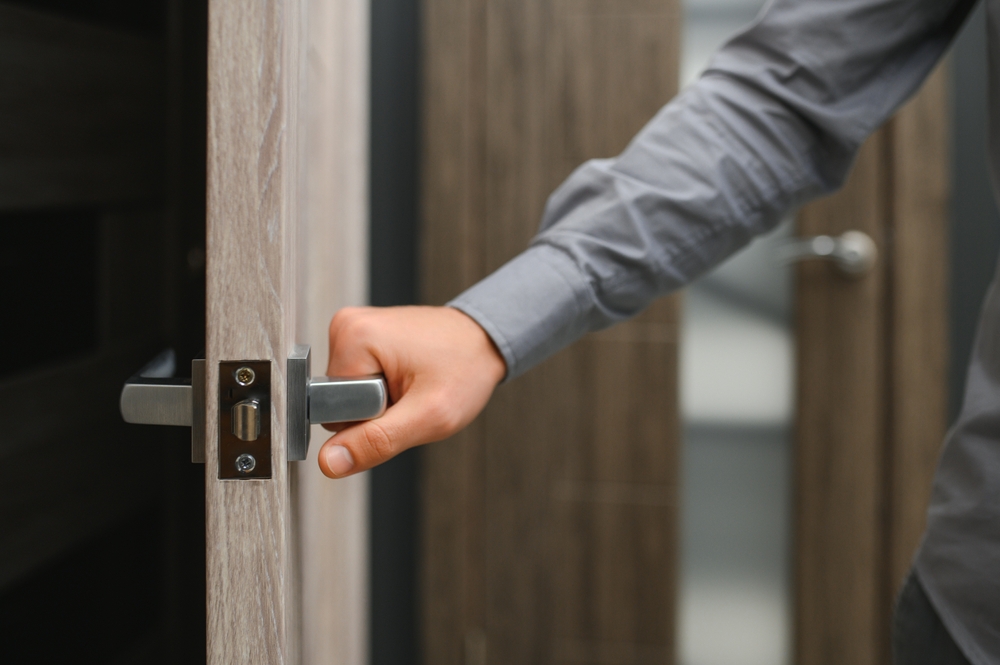Types of Door Handles Explained: The Complete UK Guide
Choosing the right door handle might seem straightforward, but with so many styles and functions available, it’s easy to feel overwhelmed. Whether you’re updating your home, completing a renovation, or looking to add the finishing touch to a new build, understanding the different types of door handles used in the UK will help you make the right choice for both style and practicality.
At Door Handle Company, we’ve helped thousands of customers across the UK find the perfect handle for every door. Here’s a clear and practical guide to the most common types of door handles, their uses, and how to choose what’s right for your project.

Lever Handles
Lever handles are the most popular choice in British homes and businesses, thanks to their ease of use and wide range of designs. There are two main styles you’ll find:
- Lever on Backplate:
These feature a rectangular plate behind the handle lever, often with a keyhole or bathroom lock integrated. This is the traditional look you’ll spot in many period and modern properties.
- Lever on Rose:
These offer a modern, minimalist appearance, with the lever mounted on a small circular or square “rose” plate. They suit contemporary interiors and create a streamlined finish.
Lever handles are ideal for internal and external doors alike, providing practicality and accessibility for everyone in the home.
Explore lever handles at Door Handle Company

Door Knobs
Door knobs are a timeless choice, frequently used in period properties or as a distinctive design feature. You’ll typically encounter two types:
- Mortice knobs:
Fitted with a mortice latch, these knobs are often unsprung, so they may require a firmer grip to operate.
- Rim knobs:
Designed for use with surface-mounted rim locks, commonly found on older doors.
While they add a classic touch, knobs may be less suitable for households with young children or anyone with limited grip strength.
For a step-by-step guide to fitting and using door knobs, check out Ideal Home’s DIY tutorial.

Pull Handles
Pull handles are typically found on entrance doors, sliding doors, or commercial settings. They don’t operate a latch but provide a solid grip for opening and closing the door. Pull handles come in various finishes and sizes, making them suitable for both domestic and professional use.
See our selection of pull handles

Other Key Types
- Dummy Handles:
These are fixed in place and do not turn or operate a latch. They’re used mainly for decorative purposes or on wardrobe and cupboard doors.
- Privacy/Bathroom Handles:
Include a thumb turn and emergency release, ideal for bathrooms or bedrooms where privacy is required.
- Keyed Handles:
Feature an integrated lock, often used for external doors or rooms where extra security is needed.
For further reading on the wide variety of door hardware and when to use each type, visit Homebuilding & Renovating’s guide to door furniture.

Choosing the Right Handle for Your Door
Consider these factors:
- Function: Is the handle needed for privacy, security, or simply to open and close a door?
- Aesthetic: Should the handle blend in with your décor or make a statement?
- Material and Finish: From brass to stainless steel or matt black, your choice will affect both durability and appearance.
- Accessibility: Lever handles are recommended for accessibility and are compliant with the Equality Act for public and commercial buildings.
For official guidance, see the UK Government’s Approved Document M on access to buildings.

Why Choose Door Handle Company?
We are an established UK supplier with a huge range of door handles and hardware, fast nationwide delivery, competitive prices, and decades of experience. Our team is on hand to help with any question—big or small.
Ready to upgrade?
Browse all types of door handles now

Outbound Links

If this meets your requirements, let me know and I’ll proceed with the remaining blogs in batches, using this format and the same care to avoid AI “tells” and competitor links. If you want tweaks (e.g. more technical content, more internal links, etc.), just say the word.

